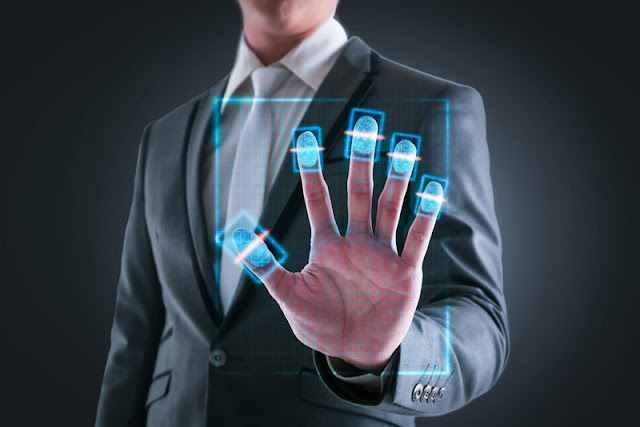Common knowledge says that fingerprints are the most reliable means of personal identification. It rests on the fact that fingerprints of individuals differ from each other. In fact, prints of siblings; even twins are different from each other. This is what makes fingerprinting the gold standard of personal identification.
History of Fingerprinting
Prior to the advent of fingerprinting, visible characteristics like facial features including shape, size of limbs, color of eyes etc were used for personal identification. However, similarity between these characteristics was observed in more than one individual, thereby making this method unreliable. What’s more, these features are prone to change with age and time.
On the contrary, fingerprints remain unchanged throughout a person’s lifetime, barring events like serious scarring, major injuries and diseases like leprosy.
So, after a long journey spanning multiple decades, modern fingerprint service, Los Angeles came into being for criminal investigations, background check etc. In fact, the electronic method of fingerprinting had also traversed a significant journey from manual capturing and checking to digital capturing and automatic screening of fingerprints.
The Commendable Journey of Fingerprinting
Here’s the journey that lead to modern fingerprinting.
Most books would state Sir William Herschel as the person who instigated the use of fingerprinting as a means of personal identification.
Well, few people are aware of the true advent of fingerprinting. It is surprising but true that fingerprinting dates back to early times, when ancient Babylonians used thumb marks as personal seals to close deals. However, whether the uniqueness of fingerprints was known or not remains unclear. In 1303, a Persian vizier recounted the use of fingerprints as signatures during the Qin and Han dynasties. It is also said it was then itself that they realized that fingerprints of any two individuals are different from each other. In fact, statements in a Chinese book dating back to the third century BCE also indicate the discovery of the uniqueness of fingerprints.
Fingerprinting; Today
Modern fingerprinting took birth much later. The mid-1800’s witnessed the advent of the use of fingerprinting for personal identification. A British magistrate by the name William Herschel observed the Indian custom of inking fingers while printing them alongside marks on contracts. Although he first took this practice as a superstition, but soon realized that the printed documents were highly honored. Very soon he saw the truth that fingerprints were reliable identification marks and no two prints looked alike. Over the years, the use of fingerprints for criminal and personal identification was officially and legally recognized.
Back in the twenties, the FBI’s first directorate, Edgar Hoover created a national pool of prints collected from various law enforcement agencies. The number came up to 5 million. Manual fingerprinting and screening came into vogue. However, this process of screening took weeks and months to return results. It was a tedious task and also suffered from errors.
In 1999, the bureau launched the IAFIS (Integrated Automated Fingerprinting Identification System). In 2014, the new and improved AIFS came into being. Digital fingerprinting and automated screening changed the scenario of fingerprinting service completely.
Fingerprinting services what are quick and convenient are now widely available. However, the one providing unsurpassed services is Anshin Mobile Notary & LiveScan.
For further detail, contact them at www.anshinotary.com

No comments:
Post a Comment